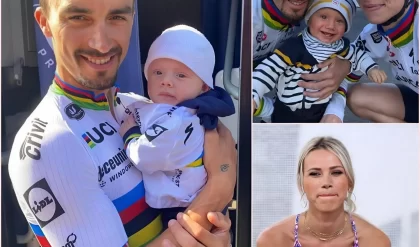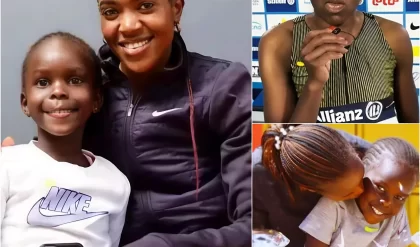HBO’s adaptation of The Last of Us, helmed by Craig Mazin and Neil Druckmann, has captivated audiences with its faithful yet inventive take on Naughty Dog’s acclaimed video game franchise. While Season 1, covering The Last of Us Part I, and Season 2, adapting parts of The Last of Us Part II, preserve the emotional core of Joel and Ellie’s journey through a cordyceps-ravaged world, the series introduces significant changes to enhance its television format. These alterations, ranging from narrative expansions to structural shifts, have sparked discussions among fans, with posts on X praising the show’s bold choices while others debate its deviations. As of April 21, 2025, with Season 2’s premiere on April 13, the differences across both seasons highlight HBO’s balance of fidelity and creative liberty.

Season 1, aired in 2023, sets the stage with a 2003 outbreak, a decade earlier than the game’s 2013 timeline, shifting the story to 2023 rather than 2033. This change, noted by Deadline, creates a “parallel universe” feel, though it minimally impacts the narrative due to the apocalypse’s stagnation of progress. A notable addition is the opening talk show in Episode 1, absent in the game, where scientists discuss a potential fungal pandemic, foreshadowing the cordyceps crisis. The show also reworks the infection’s spread, replacing the game’s airborne spores with tendrils and a hive-mind network, a practical choice to avoid constant mask-wearing, as Mazin explained to Eurogamer. This shift, seen in Episode 2’s Jakarta sequence introducing Dr. Ratna Pertiwi, adds global context not detailed in the game.

One of Season 1’s most celebrated divergences is Episode 3, focusing on Bill and Frank. In the game, Frank is dead by the time Joel and Ellie arrive, and Bill is a lone survivor. The show, however, crafts a romantic arc, depicting their love story over years, culminating in their joint death, a stark contrast to the game’s tragic separation. This episode, praised by The Washington Post for its dignity, showcases the show’s ability to expand side characters. Another key change is the replacement of Pittsburgh with Kansas City, introducing original character Kathleen, played by Melanie Lynskey, who amalgamates game antagonists. The show’s Kansas City sequence, featuring a dramatic infected horde, diverges from the game’s Hunter encounters, adding visual spectacle.

The show also fleshes out Ellie’s backstory. Season 1, Episode 7, adapts the Left Behind DLC but swaps the game’s fictional arcade game, The Turning, for Mortal Kombat II, adding realism to Ellie and Riley’s mall adventure. Additionally, the show reveals Ellie’s immunity through a flashback of her mother, Anna, bitten before cutting the umbilical cord, a detail not explicitly in the game. This, as Deadline notes, expands the lore, suggesting Ellie’s cordyceps grew with her, fending off infection. Season 1 further softens Joel and Tess’s relationship, portraying them as more romantic than the game’s pragmatic partnership, with Tess’s death by explosion replacing her game death by FEDRA soldiers.

Season 2, launched in 2025, adapts The Last of Us Part II’s sprawling narrative, necessitating structural changes due to its time-hopping complexity. The premiere reorders events, prominently featuring the dance where Ellie and Dina kiss, a scene shown late in the game via flashback. USA Today reports this rearrangement avoids spoilers across seasons, given the show’s multi-year run versus the game’s weekend playtime. Another major shift is Abby’s introduction, played by Kaitlyn Dever. In the game, her motives as a former Firefly seeking revenge for Joel’s hospital massacre are revealed later, but the show discloses them upfront to maintain narrative clarity, as Druckmann told USA Today. The sequence of Joel’s death also differs: the show has Dina, not Tommy, knocked out, and a horde breaches Jackson, unlike the game’s isolated chase.

Casting choices, like Dever’s less muscular Abby compared to the game’s bulkier design, have drawn fan scrutiny, though Druckmann emphasized drama over physique. Smaller changes include Joel’s therapy sessions in Season 2, expanding on the game’s subtle nods to his mental health, and Dina’s dad jokes replacing Joel’s puns, as noted by GamesRadar. These tweaks maintain the game’s “DNA,” per Druckmann, while adapting for TV’s pacing and emotional depth. As Season 2 unfolds, HBO’s willingness to diverge—evident in new characters like Joe Pantoliano’s Eugene, who dies violently unlike the game’s peaceful death—suggests further bold changes, keeping fans guessing about how Ellie and Abby’s story will conclude.




